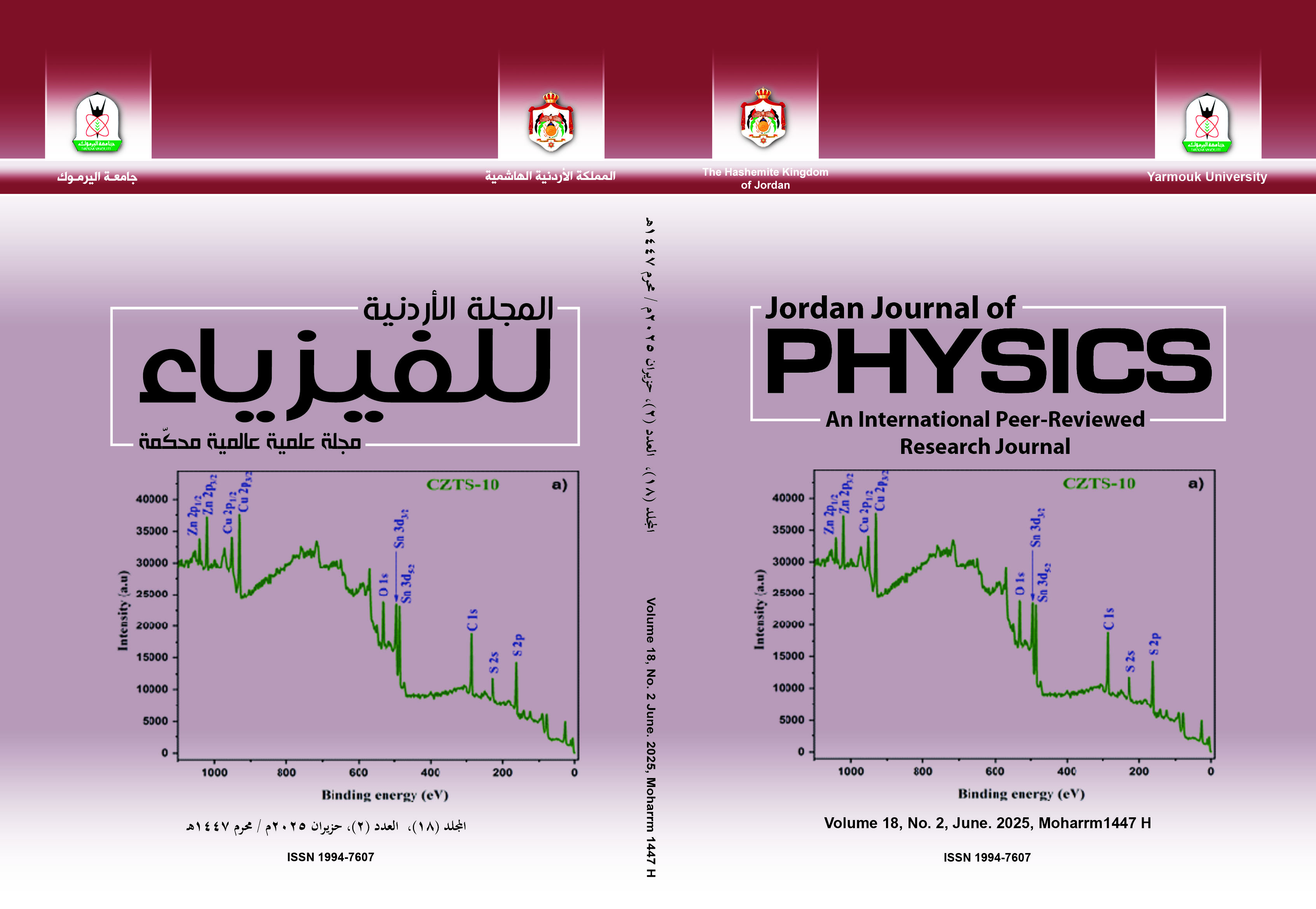Investigation of the ΔI = 2 Staggering in the Superdeformed Bands of 194Hg Nuclei
Keywords:
Superdeformed band, Spin assignment, Bohr-Mottelson modelAbstract
Abstract: The bandhead spin was determined by solving a quadratic equation based on the Harris parameters, and which were obtained by fitting the experimental dynamical moment of inertia to the experimental rotational frequency . Due to its high compatibility with the gamma transition energies, the four-parameter collective rotational model of Bohr-Mottelson was employed to predict the transition energies and spins of the levels in the superdeformed (SD) bands of 194Hg (b1, b2, b3). The results show that the energy spectra obtained from the four-parameter collective rotational model are more accurate than those obtained previously. For the mass region, increases with increasing . It is suggested that a discrete approximation of the fourth derivative of the energy difference as a function of angular momentum can appropriately define the staggering in the bands for 194Hg (b1, b2, b3) superdeformed (SD) nuclei. In 194Hg (b1, b2, b3) with long bands ( ), this quantity displays a well-developed staggering pattern (zigzagging behaviour with alternating signs). The interaction between two sequences is shown to account for the staggering in a reasonable way. The model energy expression reproduces successfully the staggering pattern in all considered SD bands for 194Hg (b1, b2, b3) up to .


